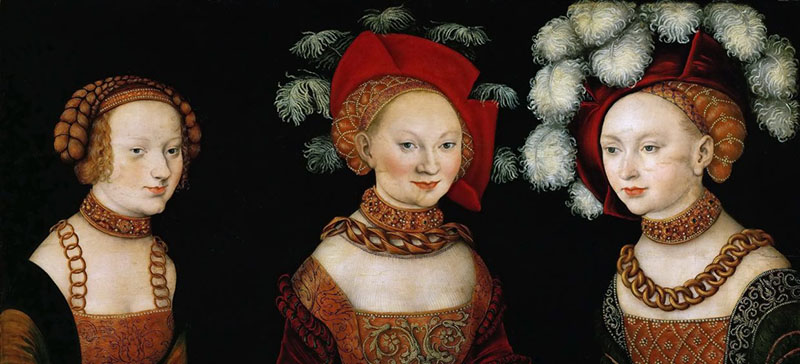
Beauty is well represented by goddesses like Lakshmi and Aphrodite; paintings like Mona Lisa; sculptures like Venus De Milo; poems and odes by Keats and Emerson; and songs — my favorite is “Venus in Blue Jeans” sung by Bobby Vee — so many songs it is impossible to list them. Beauty is a big subject and a fat market. In the final analysis beauty is not just an idealized subject of artists, musicians and writers, it is a marketing trope, based on disparate physical criteria promoted to sell “beauty aids,” an industry built on collective narcissism, fueled by media, defined by the acceptance of certain distinct yet varied characteristics. A single standard of beauty does not exist — and never existed. Every culture has its own tastes, biases of and preferences for beauty that change with age and throughout the ages. One day a facial mole is called a “beauty mark” and the next it is just an unsightly skin growth. So what is beauty?
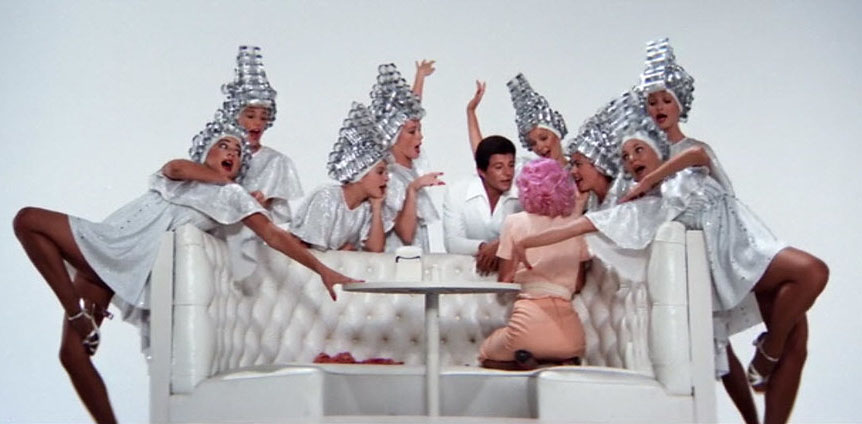
When I was an impressionable eight-year old during the late fifties I believed that beauty was manufactured in beauty parlors. Women of all shapes and sizes, underwhelming and overwhelming, sat in rows under hair drying contraptions that looked like outer space helmets (either sitting in spaceships or factories), reading beauty magazines for hours on end, waiting for their Buffonts, Beehives and Updos to be dried and baked to perfection. These women were solicitously attended by beauticians who promised to make them beautiful according to the conformist standards they learned in beauty school (imagine a school for beauty, in Manhattan there was even a public school for beauticians). Allowing for a limited range of individual options, beauty was not natural but rather concocted to conform to the will of tastemakers and designers who created widely accepted fashionable styles.

This cynical (and admittedly distorted) personal view of beauty developed from when on more than one occasion (don’t ask why) as a kid I tagged along with my mom to her middle-class-priced Manhattan beauty salon for a shampoo, cut, coloring job and sundry cosmetic adjustments too. Actually, I was fascinated. It was a transformative experience that influenced the way I perceived the concept of beauty as an additive (and decidedly addictive) design system. By additive, I mean, all the women there were weighed down with layers of foundation, makeup and hair goop. It was, however, a revelation to see how my mom evolved from a naturally “pretty” or “handsome” woman into a state of transcendent beauty (whatever that meant at the time).
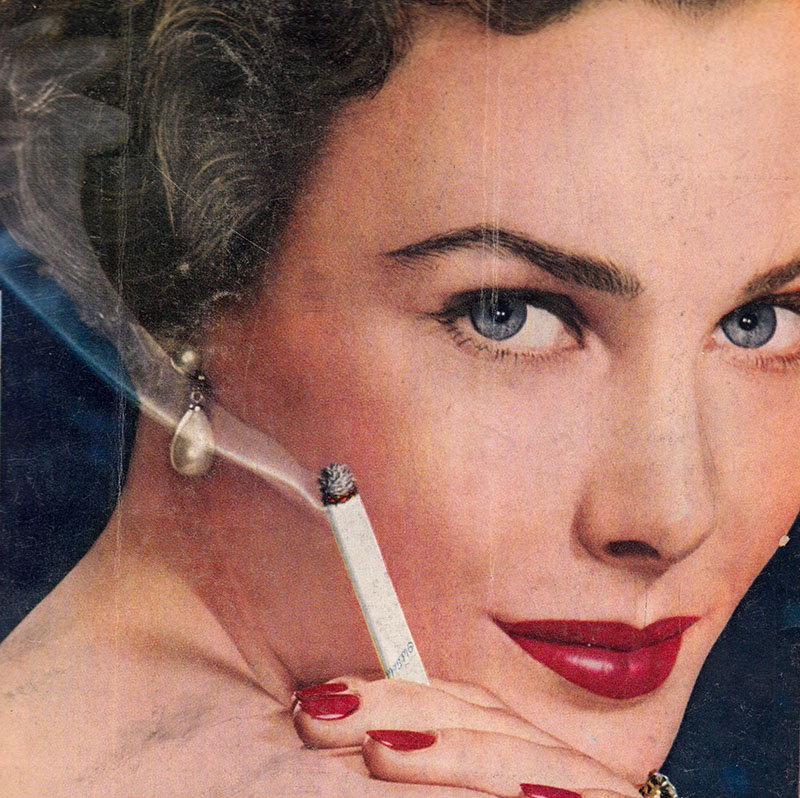
Becoming beautiful was a once a week ritual of sorts. After working hard all week this was her reward. So, wearing a patterned silk scarf wrapped loosely around her head in order to hide what she felt was unkempt hair, pallid complexion, and woebegone facial features that made her look as though she had been out milking cows since before dawn, mom (aged around 38) was warmly greeted at the appointed hour each Saturday morning at “Emil’s House of Beauty” by Serge (a.k.a. Marty), her regular attendant. Like Dante’s Virgil he guided her through the six rings of beauty parlor hell — sinks, chairs, dryers, water torture, metallic strips woven through her hair, etc. Three hours later she miraculously emerged with her lips a voluptuous, moist red, perfectly sculpted soft and wavy hair, often colored with more luminescence than her god-given follicles, her face powdered, blushed, and radiated with a distinct aura; she was a physically stunning specimen — a life renewed. Now, that was beauty, even if it only lasted a few days.

No wonder to my young near-sighted eyes beauty seemed artificial but nonetheless magical. Beauty came from Venus not Mars in the form of photographic look-books filled with photographs of ideal appearances — shot from different perspectives — created by beauty aid manufacturers that beauticians used to convince their customers to try out for a fee, if they wanted to stun the world — and be beautiful. In the fifties and doubtless beyond, it was universally accepted that for women beauty would open up their worlds. But not everyone could pull it off.
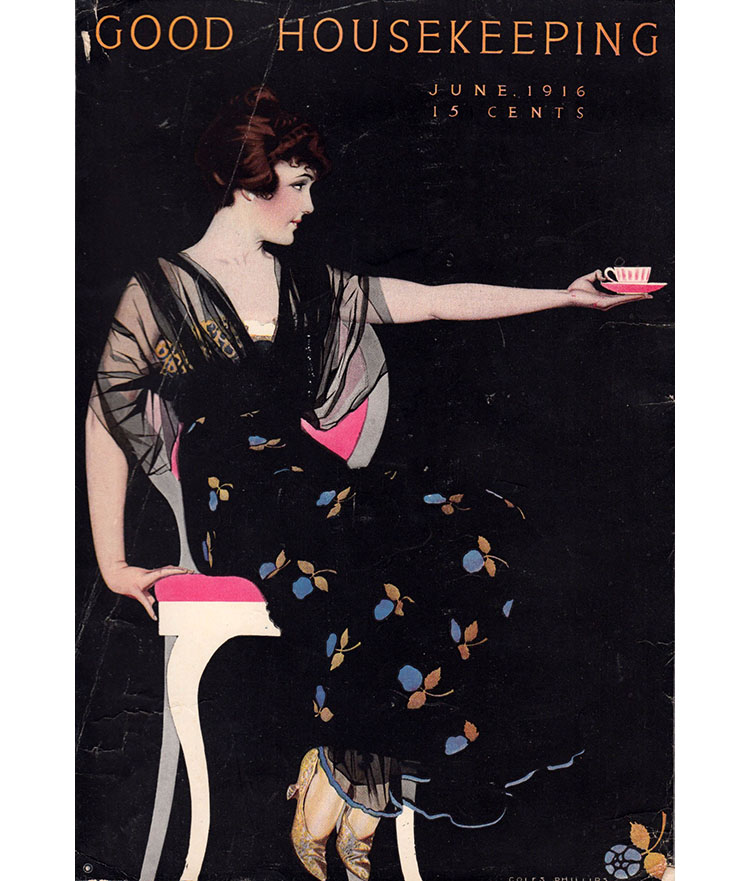
In fact, there were really two kinds of beauty. The manufactured and innate beauty — sometimes they overlapped. The former required considerable time, money and effort to achieve the optimum result. Manufactured beauty was perpetually in flux — what the automobile industry called forced obsolescence. If you think of beauty as a car it will drive you nuts. But as with auto design, stylistic features were forceably changed — sometimes radically — every couple of years to encourage more consumption. Likewise, beauty as commodity needed to change as well — different length of haircuts, different colored lipsticks and rouges. One reason was logically to sell more products to younger generations who began thinking about beauty as kids. The other reason was to sell beauty itself. As a marketing tool beauty had to change with the times. It had to be fluid. Classic beauty is nice but contemporary beauty is better. As I became a teenager in the Sixties, innate beauty became more popular among the young, while manufactured beauty was old school. Beauty is not just the act of looking transcendent, it is a generational code. Marilyn Monroe’s beauty is not today’s beauty. Or is it?
Today beauty is retro, contempo, futuristic, classic . . . whatever.
Beauty may rightly be in the eyes of the beholder but the beauty industry is more concerned with mass acceptance than with individuality. Beauty is a business — a design business — that demands conformity, especially among non-conformists. So, what constitutes beauty is not the same for everyone; nonetheless different groups paradoxically embrace the same products in their market segment based on age, ethnic, racial or cultural affiliation. Often what is beautiful for one group does not work for another. It is rare that everyone at all times can agree on one standard of beauty or beauty product. Nor should they. We live in diverse times, we’re told.
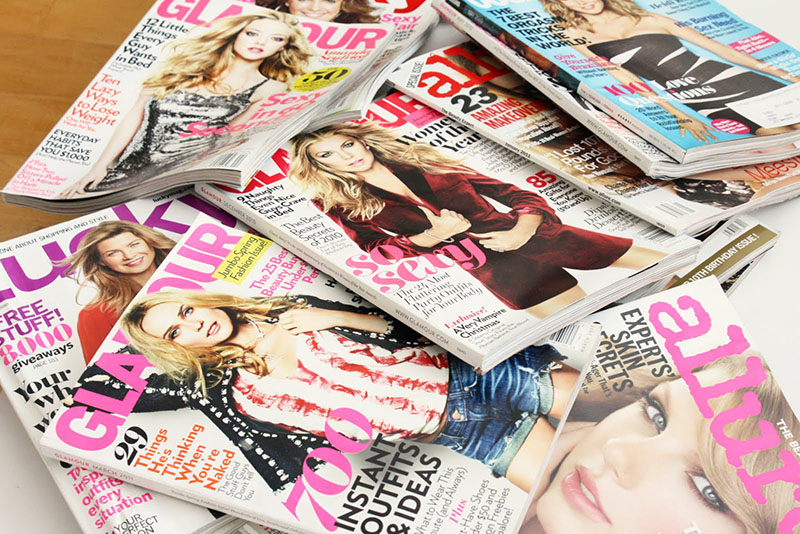
When conformity was more the norm, beauty was more defined, more predictable. As I got older, the ideal of beauty faded or expanded to include anomalies — features that would not be viewed as beautiful became beautiful through a curious acclimation away from the norm. Nothing is better for radical change that strict conformity to rebel against. Then it becomes routine, which fosters more radical change. Beauty is a change-maker or change-breaker. One thing is certain, beauty, however it is defined, still sells.
